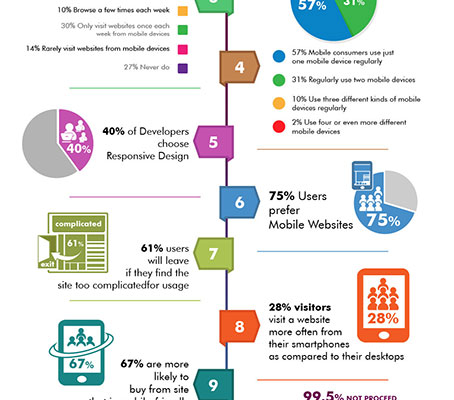Interested In Finding Out Exactly How Site Design Has Evolved? Take A Trip With The Change
Interested In Finding Out Exactly How Site Design Has Evolved? Take A Trip With The Change
Blog Article
Post Produced By-Pappas Molina
In the past, websites were easy and focused on info. Navigation was straight, and design was for desktop computers. Currently, customer experience is essential. Information overviews layouts for easy navigating. Receptive layouts suit different tools. Today, dark mode decreases pressure, and minimal food selections enhance navigating. Interactive functions involve customers, and vibrant visuals stand apart. AI integration enhances interaction. See just how style has progressed to boost your on-line journey.
Early Days of Website Design
In the early days of website design, simpleness preponderated. Websites were fundamental, with limited shades, fonts, and layouts. The focus got on supplying details instead of showy visuals. Users accessed the net via sluggish dial-up links, so speed and functionality were essential.
Navigation menus were straightforward, typically located at the top or side of the page. Web sites were made for computer, as mobile browsing had not been yet common. Material was king, and developers prioritized easy readability over complicated layout elements.
HTML was the key coding language utilized, and designers had to work within its restraints. Computer animations and interactive functions were minimal contrasted to today's criteria. Websites were static, with little dynamic content or individualized customer experiences.
Increase of User-Focused Design
With the advancement of website design, a shift in the direction of user-focused style concepts has actually ended up being increasingly famous. Today, producing internet sites that prioritize user experience is important for engaging visitors and attaining business objectives. User-focused style includes recognizing the needs, choices, and behaviors of your target market to tailor the internet site's format, material, and includes as necessary.
https://readwrite.com/seo-strategies-to-increase-search-engines-rankings/ conduct thorough research, such as customer studies and usability screening, to collect insights and feedback straight from users. This data-driven technique assists in creating instinctive navigating, clear calls-to-action, and visually enticing interfaces that reverberate with site visitors. By positioning the individual at the facility of the style process, websites can supply a much more personalized and satisfying experience.
Receptive design has also become a key facet of user-focused design, making certain that internet sites are optimized for various gadgets and screen dimensions. This adaptability boosts ease of access and functionality, dealing with the varied means users connect with websites today. Fundamentally, the rise of user-focused design represents a shift in the direction of producing digital experiences that focus on the demands and assumptions of completion user.
Modern Trends in Web Design
Check out the latest fads shaping web design today. Highly recommended Web-site is dark mode layout, offering a smooth and contemporary look while reducing eye strain in low-light environments. An additional key trend is minimal navigation, simplifying menus and improving user experience by concentrating on essential elements. Including micro-interactions, such as animated switches or scrolling results, can produce an extra appealing and interactive website. Receptive design stays important, making certain smooth individual experiences throughout numerous tools. Furthermore, utilizing strong typography and unbalanced layouts can add visual interest and accentuate details web content.
Incorporating AI modern technology, like chatbots for consumer support or tailored referrals, enhances individual interaction and improves processes. Ease of access has additionally come to be a considerable pattern, with designers focusing on inclusive style methods to satisfy varied customer needs. Embracing sustainability by enhancing web site performance for speed and effectiveness is one more emerging fad in web design. Working together with individual responses and data analytics to repeat and improve layout continually is vital for remaining appropriate in the ever-evolving digital landscape. By accepting these contemporary trends, you can create an aesthetically attractive, easy to use website that resonates with your target market.
Conclusion
As you review the evolution of web site design from the very early days to now, you can see how user-focused design has actually come to be the driving pressure behind modern-day trends.
Embrace the trip of change and adjustment in web design, constantly maintaining the individual experience at the forefront.
Stay current with the most up to date trends and technologies, and never quit developing your strategy to develop aesthetically sensational and easy to use internet sites.
Evolve, adapt, and produce - the future of website design is in your hands.
